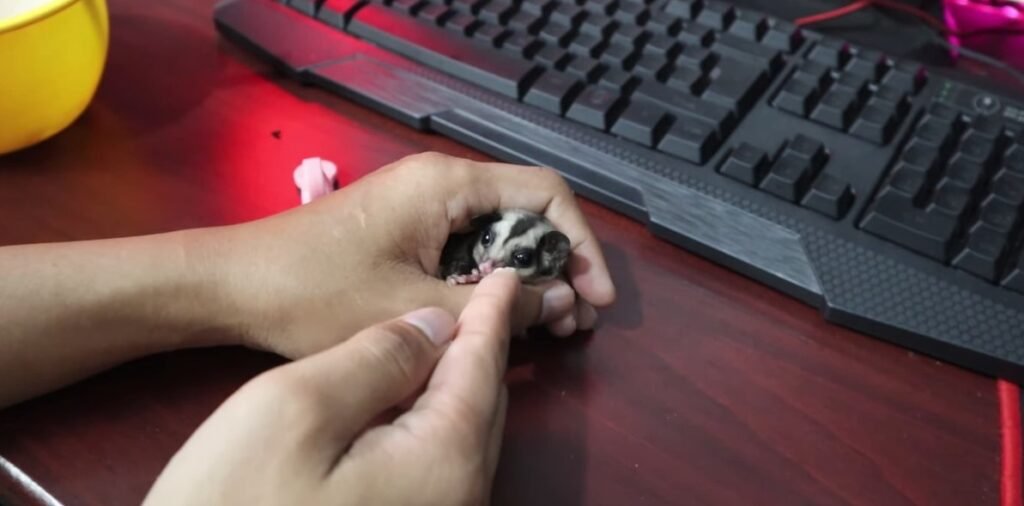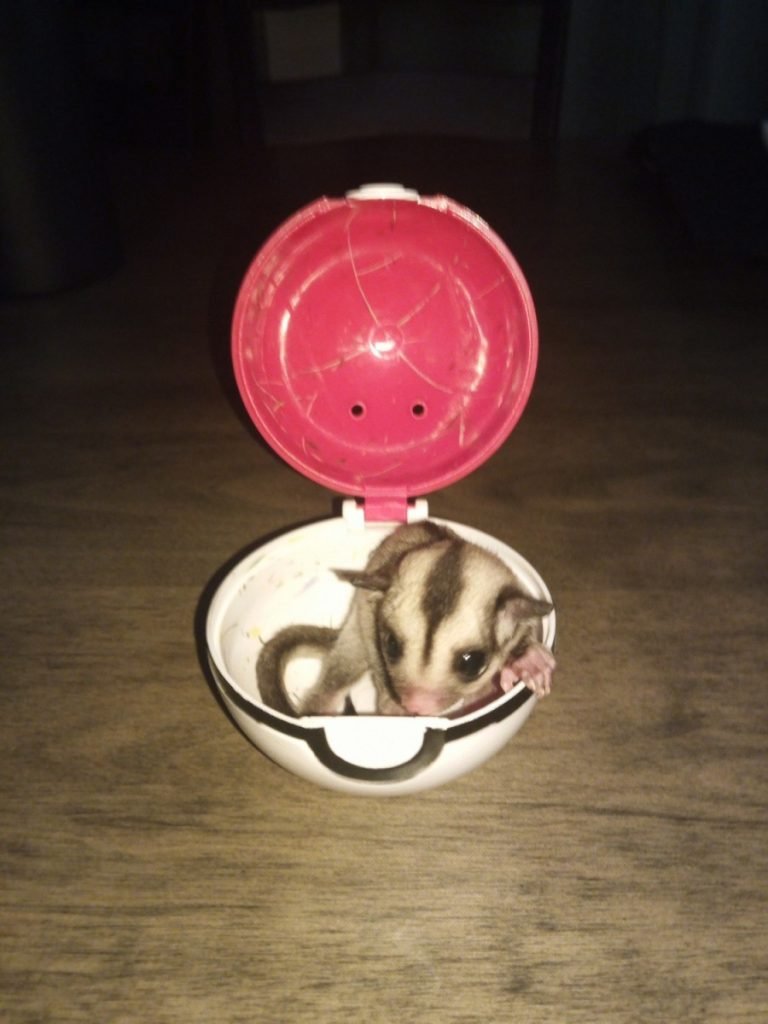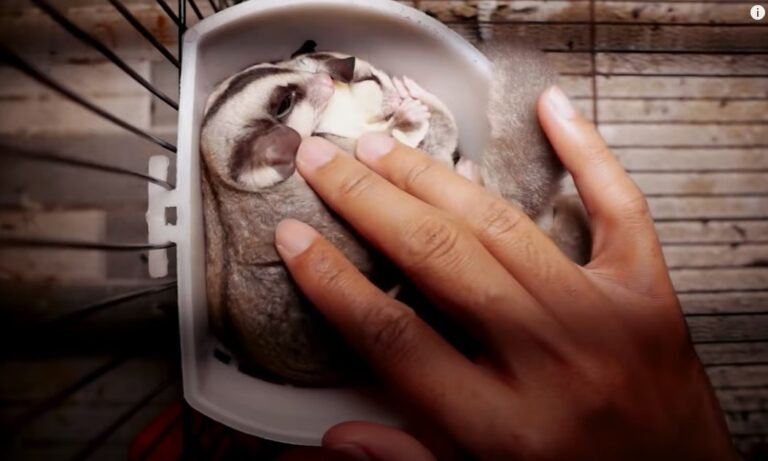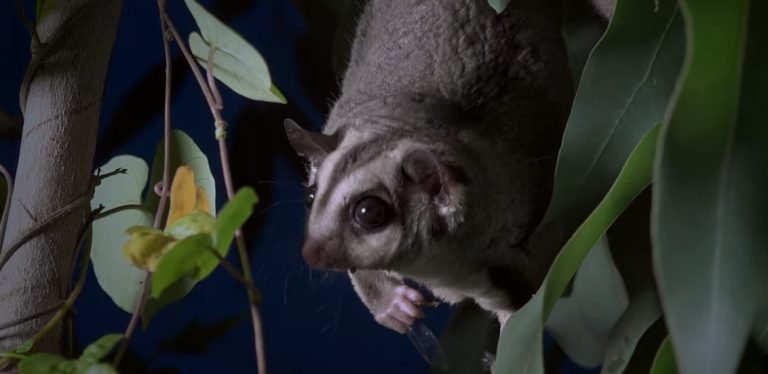How To Treat Sugar Glider Eye Infection
Treating Sugar Glider Eye Infections: A Comprehensive Guide
Have you noticed your sugar glider’s eyes looking red, swollen, or oozing discharge? If so, your furry friend may be suffering from an eye infection. While it can be concerning to see your sugar glider in discomfort, the good news is that most eye infections can be effectively treated at home. In this article, we’ll provide you with a comprehensive guide on how to treat sugar glider eye infections, including causes, symptoms, prevention, and treatment options.
What Causes Sugar Glider Eye Infections?
Sugar gliders are highly susceptible to eye infections due to their small size, specific habitat requirements, and susceptibility to stress. There are a few common causes of eye infections in sugar gliders, including:
1. Bacterial Infections: These can be caused by bacteria entering through a cut or scratch on the eyelid or conjunctiva.
2. Viral Infections: Sugar gliders can contract viral infections such as adenovirus, which can lead to eye problems.
3. Environmental Factors: Poor hygiene, dusty or dirty cages, and exposure to irritants like cigarette smoke or strong fumes can contribute to eye infections.
4. Nutritional Deficiencies: An unbalanced diet lacking in essential vitamins and minerals can weaken the sugar glider’s immune system, making them more susceptible to infections.

Signs and Symptoms of Sugar Glider Eye Infections
It’s essential to be mindful of the signs and symptoms of eye infections in your sugar glider, as early detection and treatment can help prevent complications. Some common symptoms to watch out for include:
1. Redness and Swelling: The affected eye(s) may appear red, swollen, or puffy.
2. Discharge: You may notice a watery, thick, or pus-like discharge coming from the eye(s).
3. Squinting or Closing the Eye: Your sugar glider may keep the affected eye closed or squint frequently.
4. Discomfort or Pain: They may exhibit signs of discomfort such as rubbing the eye(s) or pawing at the face.
5. Cloudiness or Haze: The eye(s) may appear cloudy or have a whitish film over them.
6. Decreased Activity: Your glider may become less active or display signs of lethargy.
Treating Sugar Glider Eye Infections
1. Isolate Your Glider: If you suspect your sugar glider has an eye infection, it’s essential to separate them from other gliders to prevent the spread of infection. Set up a temporary cage in a quiet, stress-free environment.
2. Cleanliness is Key: Maintaining a clean cage is crucial. Clean the cage regularly to remove any debris or potential irritants. Use a non-toxic, sugar glider-safe cage cleaner and rinse thoroughly.
3. Warm Compresses: Applying a warm compress to the affected eye(s) can help soothe your sugar glider’s discomfort and encourage healing. Soak a clean cloth in lukewarm water, gently squeeze out the excess water, and hold it against the eye(s) for a few minutes, several times a day.
4. Saline Solution: Using a sterile saline solution made specifically for eyes, gently flush the affected eye(s) to remove any discharge or debris. You can find saline solution at your local pharmacy or ask your veterinarian for a recommendation.
5. Vet Consultation: It’s crucial to consult with a veterinarian experienced in exotic pets if your sugar glider’s eye infection does not improve within a day or two, or if the symptoms worsen or spread to the other eye. They may prescribe antibiotics or recommend further treatment options.
Prevention is Better Than Cure
Preventing sugar glider eye infections is always better than dealing with the discomfort and potential complications of an infection. Here are some preventive measures you can take:
1. Proper Hygiene: Clean your sugar glider’s cage regularly to remove urine, feces, or debris that can harbor bacteria.
2. Dust-Free Environment: Dust and strong fumes can irritate your glider’s eyes. Ensure their environment is clean and free of irritants.
3. Balanced Diet: Provide your sugar glider with a nutritionally balanced diet that includes a variety of fresh fruit, vegetables, and a high-quality commercial sugar glider food. Nutritional deficiencies can weaken their immune system and make them more prone to infections.
Frequently Asked Questions
Here are some frequently asked questions about sugar glider eye infections and their treatment:
Q: Can I use over-the-counter eye drops for my sugar glider’s eye infection?
A: No, it’s not recommended to use over-the-counter eye drops meant for humans or other animals on your sugar glider. Always consult with a veterinarian experienced in exotic pets for appropriate treatment options.
Q: Can my sugar glider’s eye infection spread to other gliders?
A: Yes, eye infections can be contagious. It’s crucial to isolate the affected glider and take preventive measures to avoid spreading the infection to other gliders.
Q: How long does it take for a sugar glider eye infection to heal?
A: The healing time can vary depending on the severity of the infection and the treatment provided. Mild infections may improve within a few days, while more severe cases may take a week or longer to heal fully.
Final Thoughts
While sugar glider eye infections can be concerning, with proper care and prompt treatment, most infections can be resolved. By following the guidelines provided in this article, you can help your sugar glider recover from an eye infection and prevent future infections. Remember, if the symptoms persist or worsen, it’s always best to consult with an experienced veterinarian who can provide tailored advice and treatment for your furry friend.







